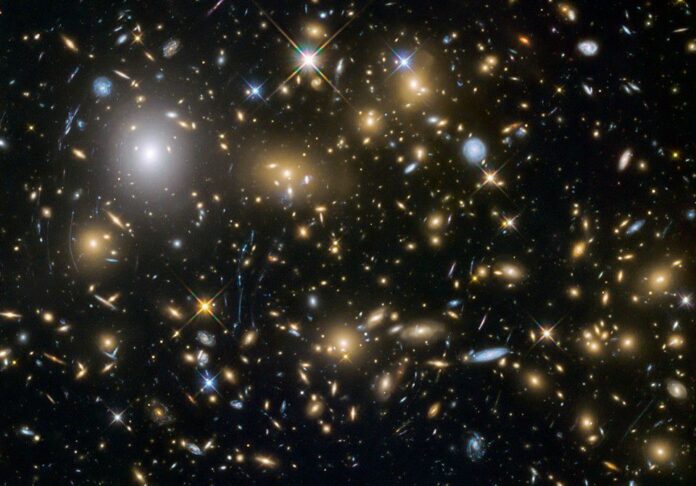Artificial intelligence (AI) is been used to classify the galaxies. Astronomers, with the help of AI, have classified and found spiral galaxies from the images of distant Universe captured by Subaru Telescope.
Astronomers from the National Astronomical Observatory of Japan (NAOJ) have applied a deep-learning method which is a type of AI to classify galaxies from the large datasets of images obtained with the telescope. About 560,000 of galaxies have been identified from the images. Naked eyes cannot visually process a large number of galaxies for morphological classification. Therefore, AI does processing without any human intervention.
Along with the deep-learning algorithms, automated processing techniques are developed since 2012. Project Assistant Professor of NAOJ, Dr. Ken-ichi Tadaki, has put forward the idea that if AI can process and classify the images of cats and dogs, then it should be able to classify the galaxy as well such as galaxies with spiral and galaxies without spiral. With continuous training data prepared by researchers, Artificial intelligence (AI) has successfully classified the galaxy morphologies with precision for about 97.5%.
This AI has also identified spirals of about 80,000 galaxies. The technique used has been effective, therefore it can also be used in classifying galaxies into more detail categories. This category classification could be done by training artificial intelligence (AI) on the basis of galaxies classified by humans. Galaxy Cruise is a citizen-science project of NAOJ, where the images taken by the Subaru Telescope is examined by the citizens to find whether the galaxy is colliding or merging with any other galaxy.
Advisor of Galaxy Cruise, Masayuki Tanaka Associate Professor, says that he has very high hope for the study of galaxies with the help of artificial intelligence (AI). He also added that the Subaru strategic program is a Big data that consists of a large of the countless number of galaxies and is very interesting to handle such big data along with machines and citizen astronomers. By incorporating deep-learning with classifications made by citizen scientists in Galaxy Cruise, there is a very high probability of finding a large number of colliding galaxies as well as merging galaxies.

